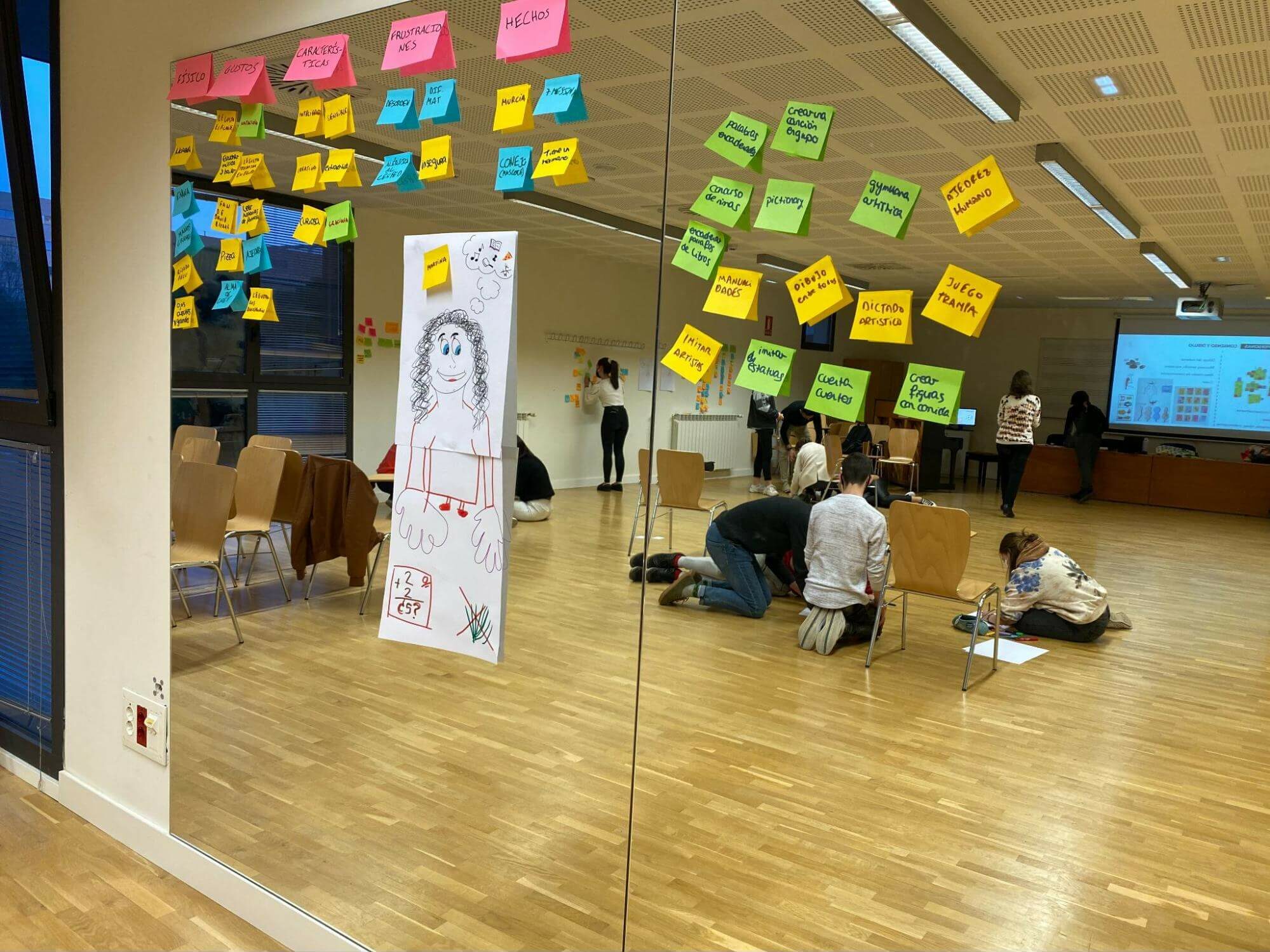-
PhD Thesis
Contributions from Design and Technology to Foster Creativity in Educational Environments / Calavia Ferrández, M. Belén
- Author: M. Belén Calavia Ferrández
- Tutor: Dra. Teresa Blanco Bascuas y Dr. Roberto Casas Nebra
- Program: Ingeniería de Diseño y Fabricación
- Defense date:
- Repository:
In today’s different fields of work, there is an increasing need for teams with transversal skills, which requires training the future professionals differently. For this reason, in recent years, the competency-based educational approach has come to modify the traditional methodology.
One of the most fundamental skills is creativity, understood as the ability to connect learned knowledge to solve problems and create new things. Decades ago, Guilford (1950) wondered why the schools failed to produce ‘more creative people’ and, finally, creativity has been considered one of the most important 21 st century thinking skills. Unfortunately, although there is no doubt that interest in creativity within education has increased, it remains challenging to achieve in practice. This is caused by barriers of widely varied natures, complex and difficult to address for educators, such as the frequent use of traditional educational methodologies, the education system limitations, and the interpretation of the term ‘creativity’. Thus, the need is clear for practical solutions that help teachers to encourage creativity in the classrooms.
Likewise, training students in skills such as creativity, communication, teamwork, critical thinking, etc., is not easy. In this context of changing educational trajectories, the role of the teacher is crucial; his or her role is not only to transmit knowledge to his students but to support the development of their skills and adopt a new role as a coach, resource provider and designer. In this line, even though teachers design continuously (lessons, teaching materials, teaching methodologies, etc.), teaching does not consider that future teachers will pursue a design profession; teachers are generally not “equipped” with the appropriate skills to carry out this complex task. Therefore, there is a need to train pre-service teachers in design thinking.
Given this background, this thesis argues that one of the knowledge areas that can positively influence this task is the design engineering field and Design Thinking. Likewise, nowadays, new technologies offer stimulating possibilities to create and share ideas and content and link well to the students’ and teachers’ reality. In this framework, a multidisciplinary workgroup has been created. This group consists of specialists in design and technology (HowLab Group) and professors of the Faculty of Education from the University of Zaragoza, Spain.
We provide a methodological proposal and practical resources to help the teacher encourage creativity in any classroom called “Think-Create-Learn” (TCL). TCL faces challenges through a creative, problem-solving approach, connecting the contents with the student’s interests and reality. Additionally, we present the “Think-Create-Teach” (TCT) tool based on helping pre-service teachers to be able to create their own teaching resources guided by Design Thinking. In short, this thesis work aims to show how the design discipline and the proposed methodologies might have a relevant role in education.

